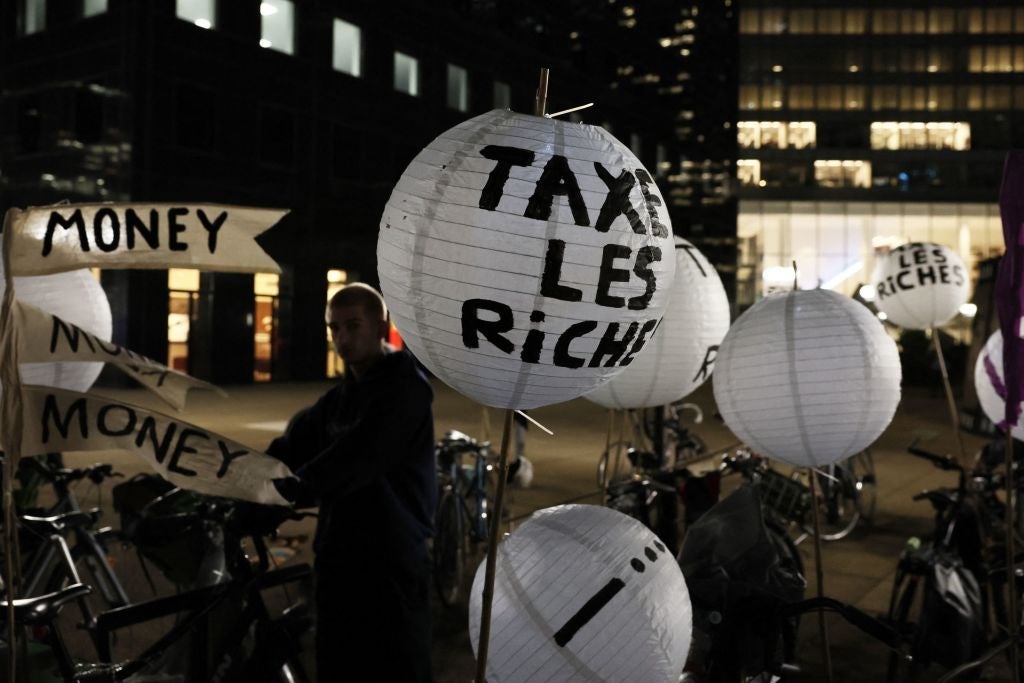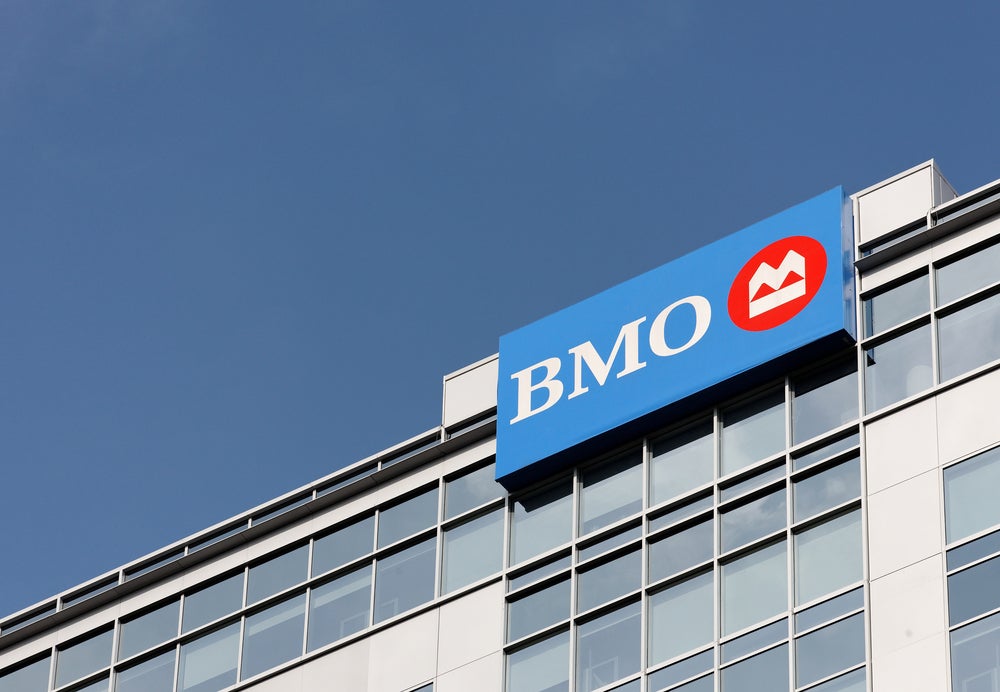The growing importance of
South Asia to Standard Chartered was marked by its high-profile
hire in June last year of Sanjeeb Chaudhuri. As he tells Douglas
Blakey, he has taken up three major roles within StanChart:
consumer banking regional head South Asia, global head of marketing
and consumer banking country head, India.
 It was, says
It was, says
Sanjeeb Chaudhuri, a very good time to move back to Asia.
After working in Europe for 14
years, Chaudhuri joined Standard Chartered (StanChart) from
Citigroup (Citi) last year in one of the most significant retail
banking hires of 2011.
At Citigroup, Chaudhuri served as CEO,
retail and commercial banking, Central and Eastern Europe, Middle
East and Africa, Citibank, in addition to holding the role of head,
retail banking and chief marketing officer for Europe, Middle East
and Africa.
He was a member of the Citi CEO
Leadership Forum, the Citi Global Digital Council and the Citi
Global Advertising Council.
How well do you really know your competitors?
Access the most comprehensive Company Profiles on the market, powered by GlobalData. Save hours of research. Gain competitive edge.

Thank you!
Your download email will arrive shortly
Not ready to buy yet? Download a free sample
We are confident about the unique quality of our Company Profiles. However, we want you to make the most beneficial decision for your business, so we offer a free sample that you can download by submitting the below form
By GlobalDataHe told RBI: “When I looked
at the options open to me, StanChart with its single-minded focus
on the emerging markets was an organisation I admired.”
Chaudhuri’s third role is country head
for StanChart in India.
“Everyone talks about India and
China as the two big growth engines for the world market and while
I completely buy into that, India is a complex market,” he
says.
“Yes, it is has a lot of lot of
interesting opportunities but I do not see them as problems. I have
worked in India in other industries as well as in banking and I
helped to launch credit cards in the market some 20 years ago.
“I appreciate the changes in the
market since then but I believe that we can take the Indian
franchise to a different level.”
 StanChart remains
StanChart remains
optimistic about prospects for the Indian economy and forecasts an
acceleration in growth to 7.4% in the fiscal year starting 1 April,
from 7% in 2011.
Chaudhuri says there are already
encouraging signs of growth in his first few months in StanChart’s
India operation.
He is passionate about StanChart’s
scope to grow organically in India and highlights its existing
physical footprint – 95 branches across 34 cities – as being a huge
asset.
“We have a phenomenal franchise but
of course, we have a wish list for areas to grow and share that
with the regulator. As for new branches, we will take what we can
get.”
As for digital channel growth,
Chaudhuri has form from his time at Citi.
“I drove the non-branch channel
distribution growth for Citi within EMEA and it is clear in my mind
that the consumer does not care if we are on every street corner.
The consumer wants convenience of access, whether that access is a
branch or an ATM centre.
“At StanChart, we are rolling out
express banking centres: they look and feel like a branch while
take up rate of new channels within StanChart has been
phenomenal.
“The mobile channel, for example,
is strengthening by the day.”
While Chaudhuri stresses
StanChart’s digital drive, the branch channel remains a core area
for investment.
StanChart has embarked upon a
group-wide branch retrofitting programme to ensure that it offers
multi-country consistency in respect of its in-branch offering.
 “Branch investment
“Branch investment
takes two forms. We will continue to invest in new branches.You
will see us build new branches wherever an opportunity arises. But
we must ensure all branches have the same look and feel so instead
of looking at it as an individual branch activity we are using the
initiative to re-energise the business.”
The branch programme started across
eight markets in October last year and is now being rolled out
globally.
“My team in marketing is working
closely with our colleagues on the distribution side of the bank to
ensure that we get the biggest bang for our buck,” Chaudhuri
says.
“It is a local initiative and that
is something we are pushing very hard.
“To ensure that branches, some of
which might be 10 or 12 years old are contemporary takes money but
not that much when it is calculated on an individual branch
basis.
“It is part of a mindset shift,
rather than just a branch programme: we are using it as an
opportunity to drive business forward.”
As for acquisitions, Chaudhuri is
bullish. In December 2011, StanChart agreed a deal to snap up more
than half of Barclays’ Indian credit card portfolio – some 170,000
credit card accounts – at a discount to book value.
Looking ahead, Chaudhuri sums up
StanChart’s strategy succinctly: “If any opportunistic inorganic
opportunities come up, we will look closely.”
Exciting
economies
 Growth is also on the
Growth is also on the
cards for StanChart in Bangladesh Sri Lanka and Nepal.
Prior to Chaudhuri’s arrival,
StanChart ran its operations in these markets as individual country
units.
“Given the competitive environment
and where our competitors – both local and international are –
there is a tremendous opportunity to grow the franchise in these
countries to a multiple of where we are today,” he says.
“There is scope to benefit from the
cultural links and the natural links that occur in this region and
to leverage the intellectual capital that exists in this
geography.
“These are some of the most
exciting economise in the world and we have not previously done
full justice to the full power of the intellectual capital we have
across these markets.
“The blueprint is in place on how
to make this happen. The big challenges in those markets at this
stage in the cycle are – as it was when I worked in India in the
late 1980s – boils down to talents.
“I faced the similar challenges
when I came to central Europe in the mid-1990s, in Hungary Czech
Republic Poland and Russia.
“So we have to hire people who have
the right mindset, skills and attitudes if we are to leverage the
collective intellectual capital of the business.
“One big advantage we have as a
global company. If I need specialist advice in any area I can call
on that from any part of the bank.”
Global head of
marketing
 Chaudhuri sums up his
Chaudhuri sums up his
marketing challenge as the strengthening of an already strong
brand.
“A bank that is here for good –
that tagline has been used for 18 months and it is a good position
for a bank in today’s macro environment. We have made a lot of
progress in the past five months.”
Chaudhuri has overseen a global
campaign launch that leverages the StanChart brand but also takes
it into the realm of user consideration the bank’s products and
services.
Brand metrics are poured over every
month and at the end of the first year, Chaudhuri expects to see
considerable improvement in the StanChart brand strength.
He is also striving to ensure that
the bank’s communications across the group, not just the retail
banking division, are consistent
“I sit on the StanChart Brand
Council. In the markets in which we operate, we are already a power
brand but it is essential that brand image and imagery are
consistent across the world, businesses and product lines.”
While the sponsorship agreement
with Liverpool Football Club (worth an estimated $31m a year)
predated his arrival at StanChart, Chaudhuri is supportive of the
deal, notwithstanding results on the field of play being mixed and
the club’s continued absence from the European Champions
League.
“We are at the two-year point of
the Liverpool deal [it runs until 2014] and my sense is that it is
going exceedingly well, especially in markets which have a
significant football population. Already, we are seeing very good
traction and have certain products co-branded with Liverpool.
“Liverpool has a pull with the
local population but we will learn as the sponsorship deal evolves.
But my strong feeling is that we are in a good place on this
one.
“From a conceptual point of view, any sponsorship has to be seen
in a strategic sense over a relatively long timeframe so we remain
in the learning process right now.”
See also:





